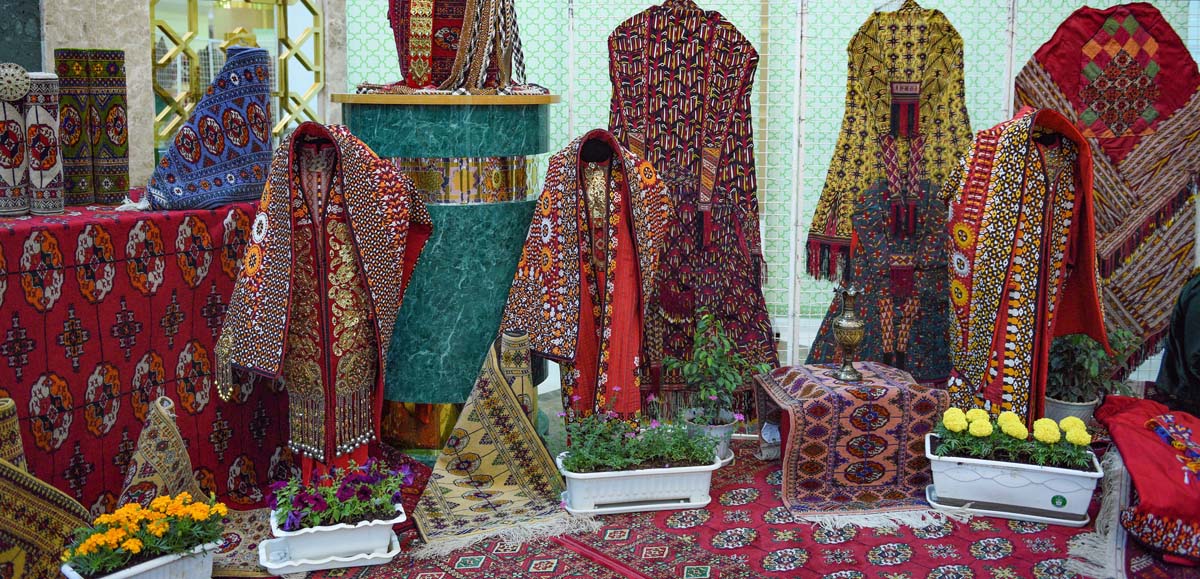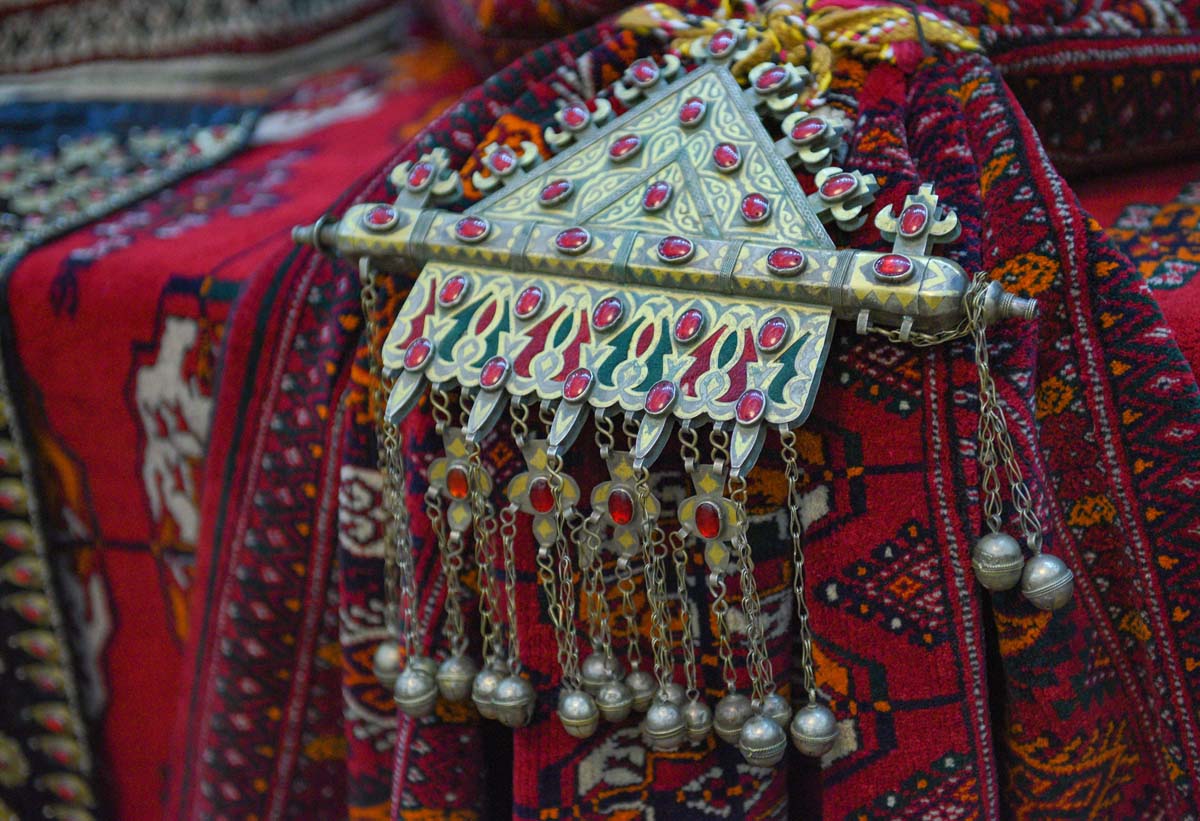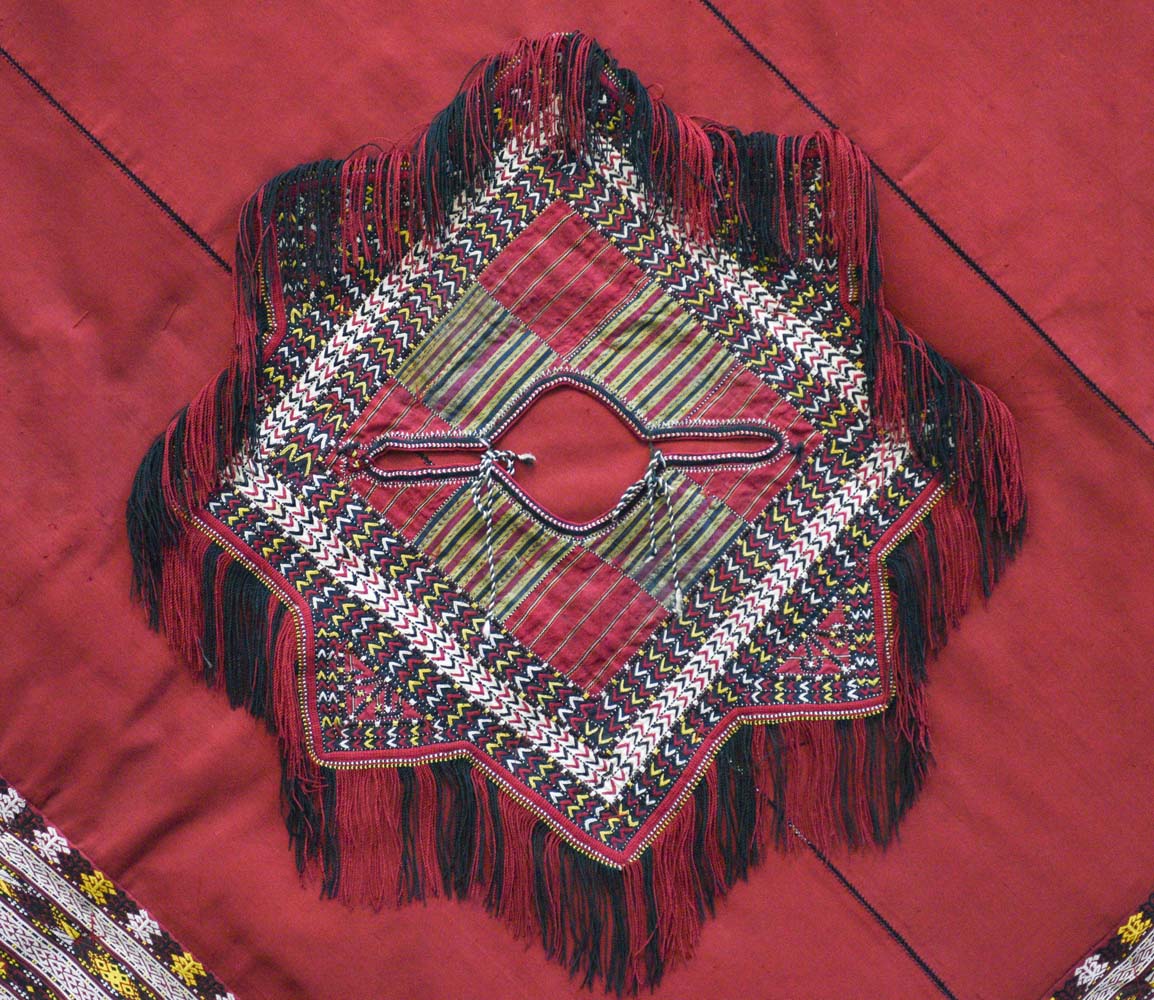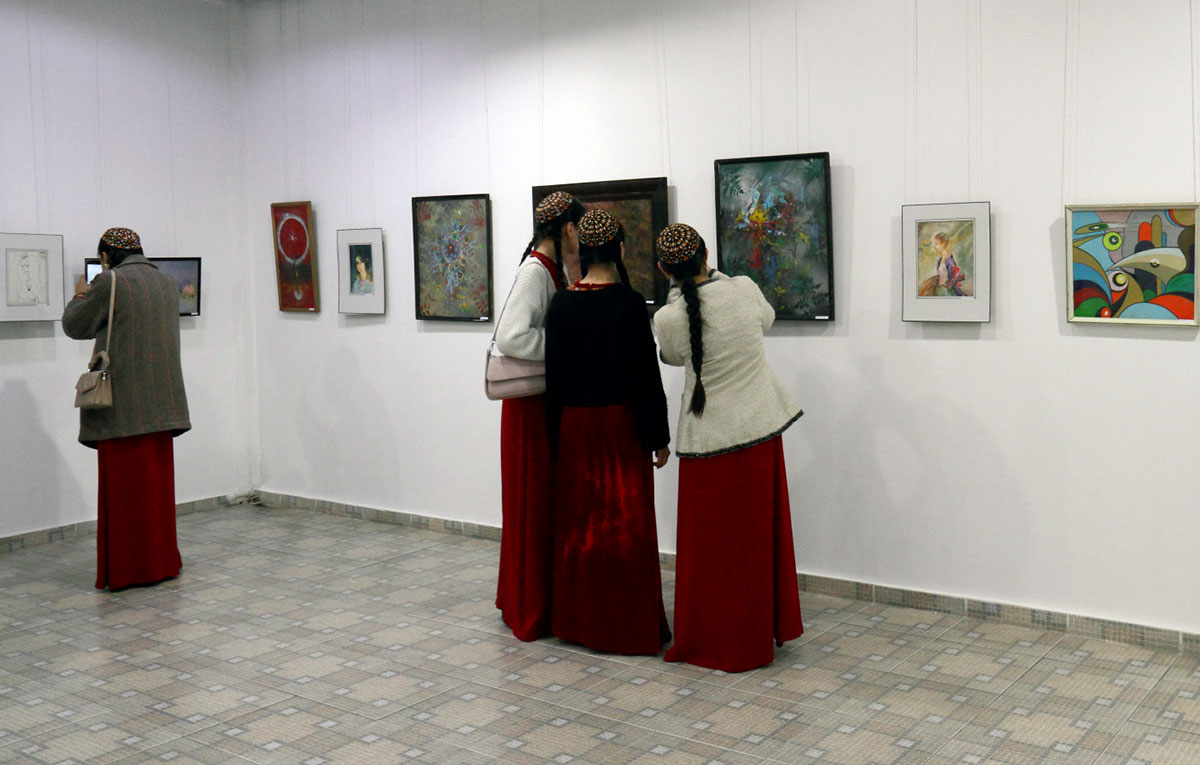In Ashgabat, with the support of the National Centre of Trade Unions of Turkmenistan and the Women's Union of the country, a competition was held for masters of ornamental embroidery, keepers of ancient patterns, bringing their own improvements and additions, having their own original style.
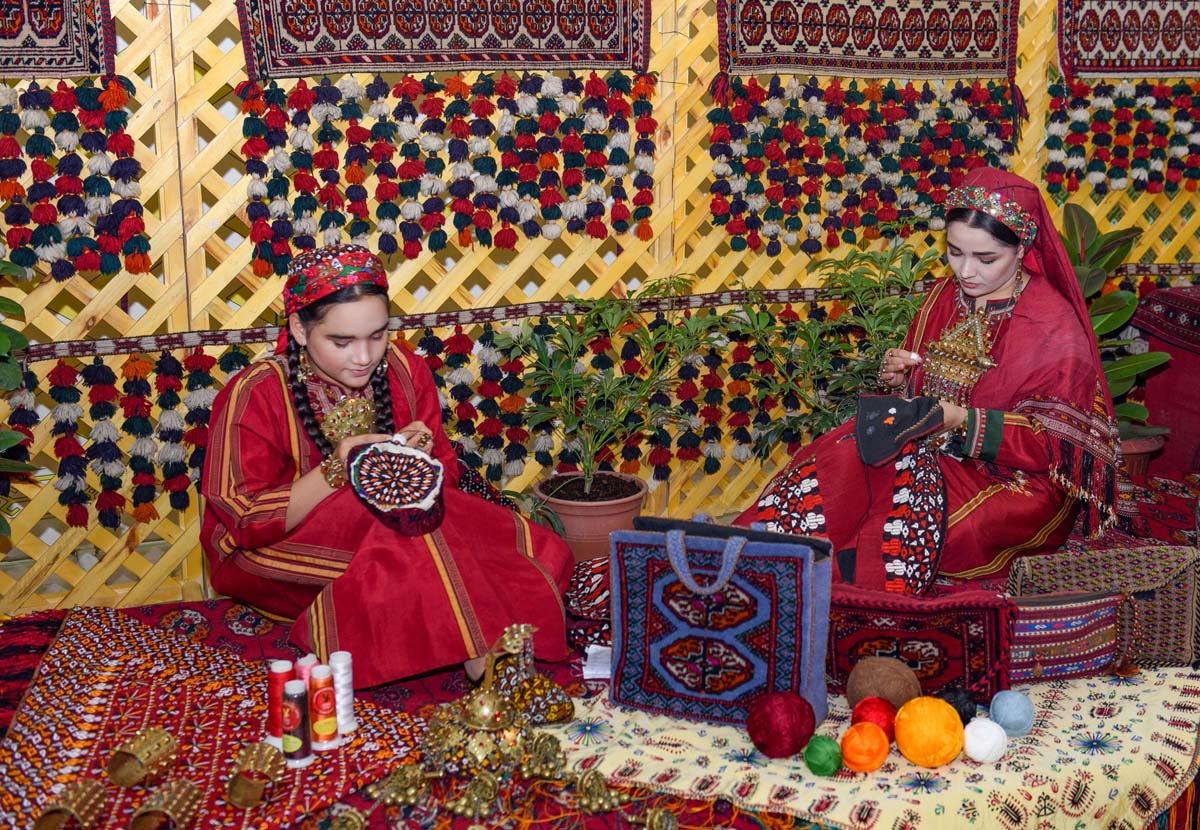
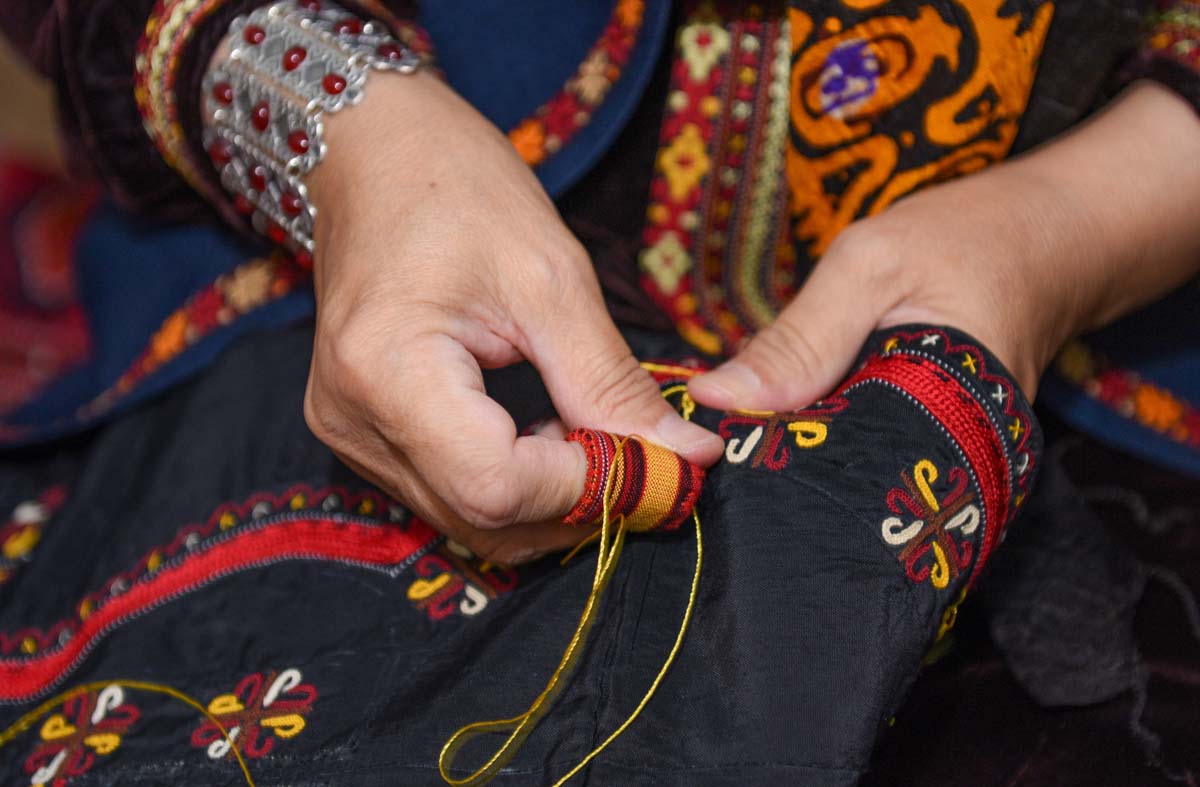
Painstaking folk applied art does not reduce its popularity, it is a significant part of the cultural heritage, and today, like many centuries ago, the wardrobe of a Turkmen woman includes ancient elements of folk costume that do not lose their relevance, including embroidery that corresponds to traditions. The art of stylized and recognizable Turkmen embroidery, or «keshde», is included in the UNESCO list of intangible heritage, and in terms of the richness of techniques, perfection of color selection, variety of fabric patterns - often it is lined with silk, the national embroidery of the Turkmen people has no equal among other cultures of the East.
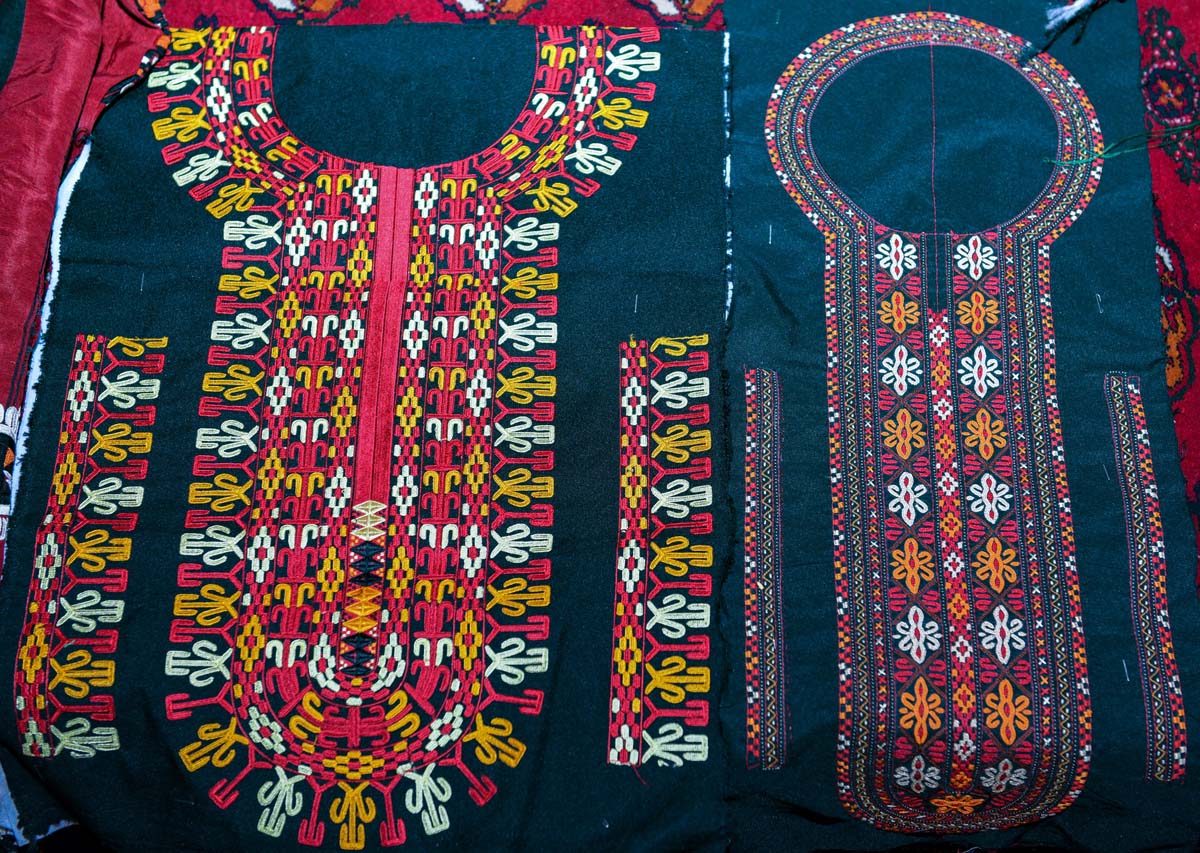
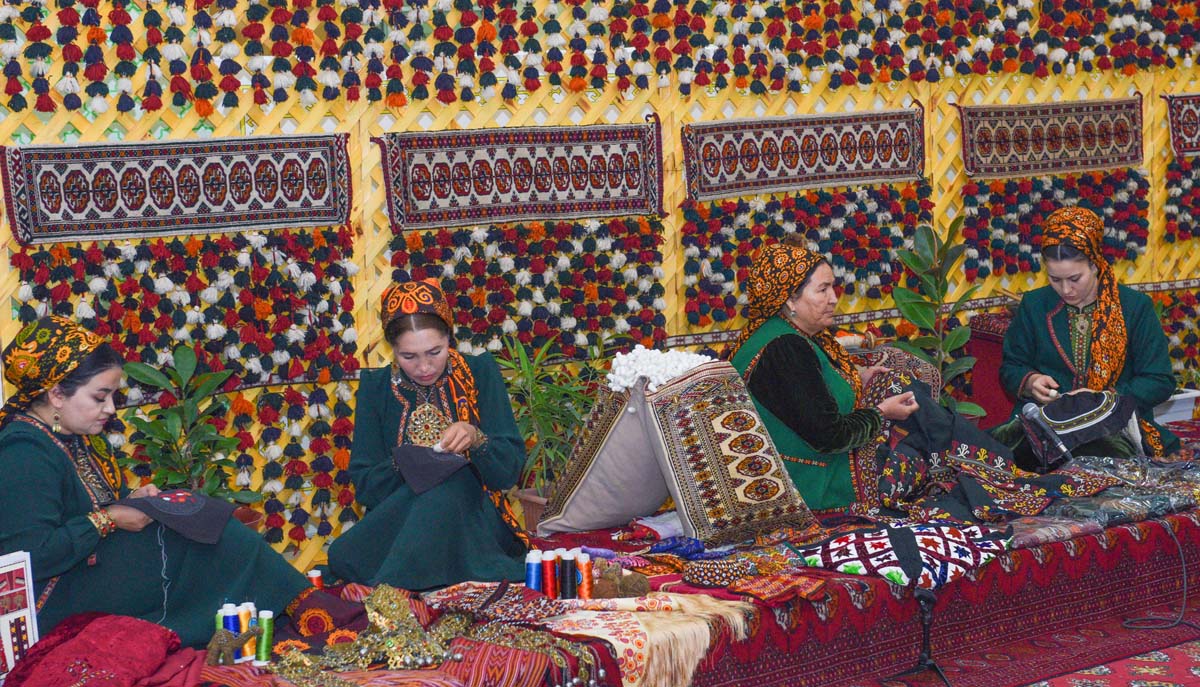
Among the participants in the creative competition were women in the public service sector, working in the departments of the Department of Public Utilities of the Ashgabat hakimlik for improvement and cleaning of streets, supplying water and heat to the homes of citizens, representing the fountain and gardening facilities of the capital, etc. Colleague competitors formed eight couples, they brought with them works - headdresses - wedding designs on a solid basis, special embroidered takhya (for women colorful patterns are used, and for men the ornament is arranged radially), samples of yaka - a separately made embroidered collar on a dress, robes, silk scarves, capes, as well as knitted jorabs socks, on which you can also find a characteristic ornament.
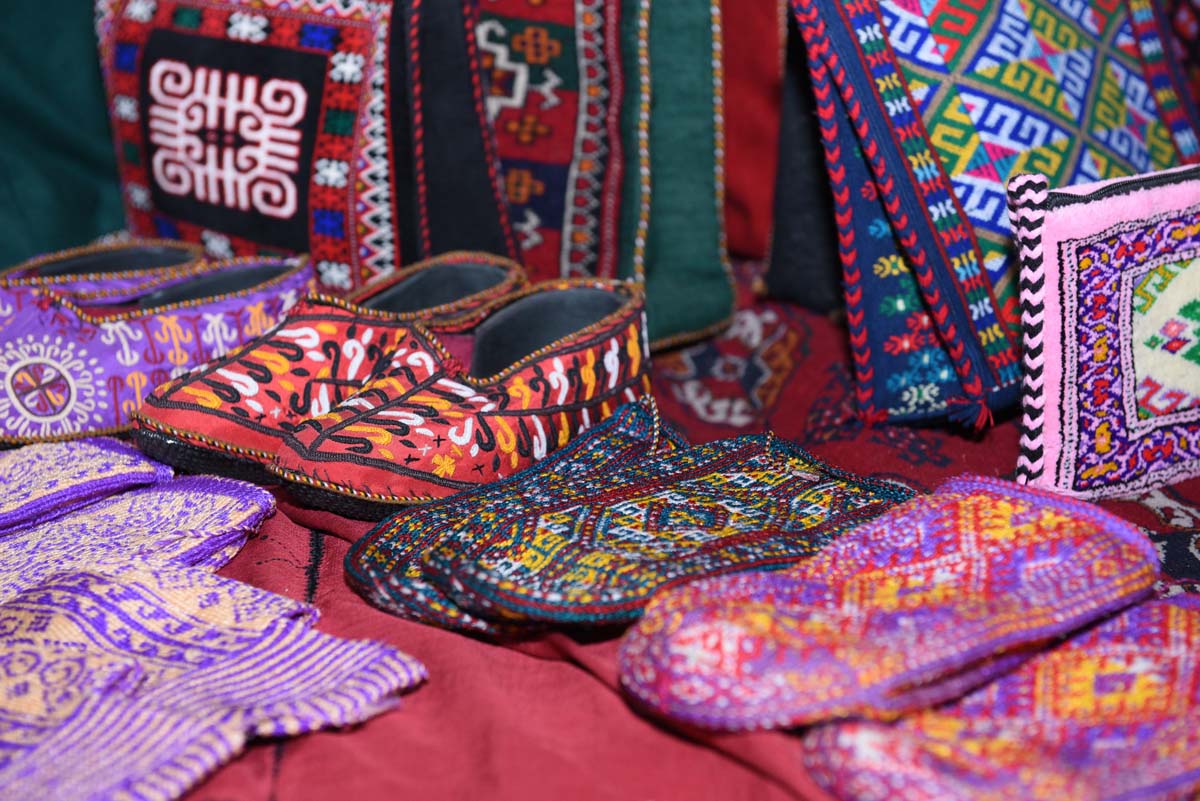
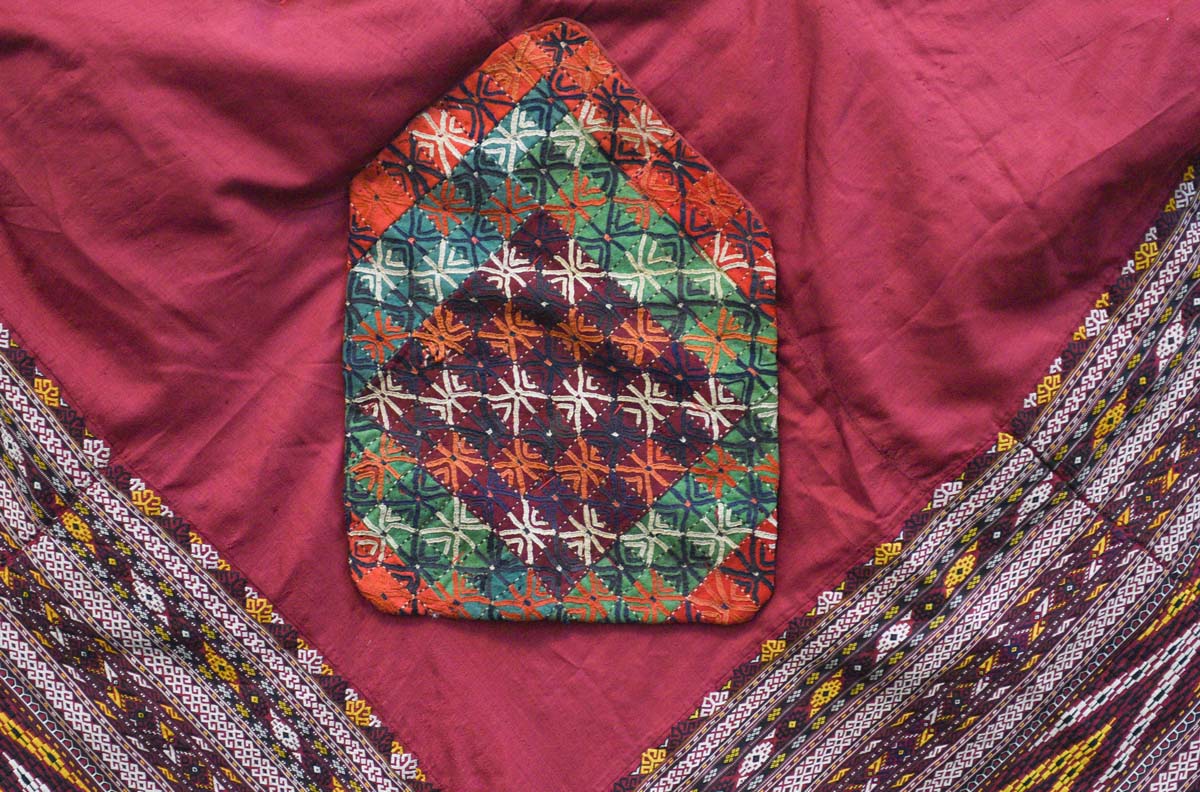
Members of the jury from among embroiderers with extensive experience assessed how the craftswomen work, listened to an explanation of the use of classical improved patterns, what their creative «handwriting» is, the meaning of Turkmen embroidery in the past, assessments of modern trends, and the differences in established traditions in different regions of the country. Women and girls also had to perform an excerpt from a literary work in prose, poetic form, or any other form of oral folk art related to this type of applied art. Using a needle and silk thread, twisted from several, they had to explain the stylization of the elements of the plant or animal world, and also sing a girl’s song, which is performed during embroidery of a trousseau for the bride, and simply during monotonous work that requires perseverance, calmness and spirituality. balance, a faithful hand, which, according to a precisely calculated pattern on the canvas, geometrically correctly and symmetrically places the stitches, subordinating their meaning to the flight of fancy.
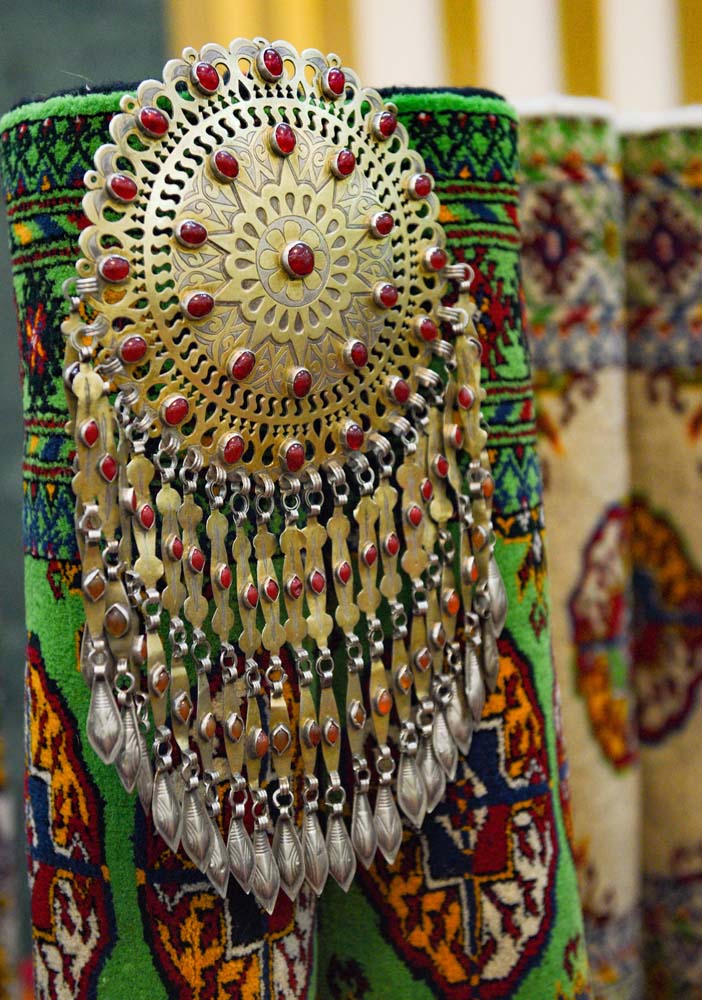
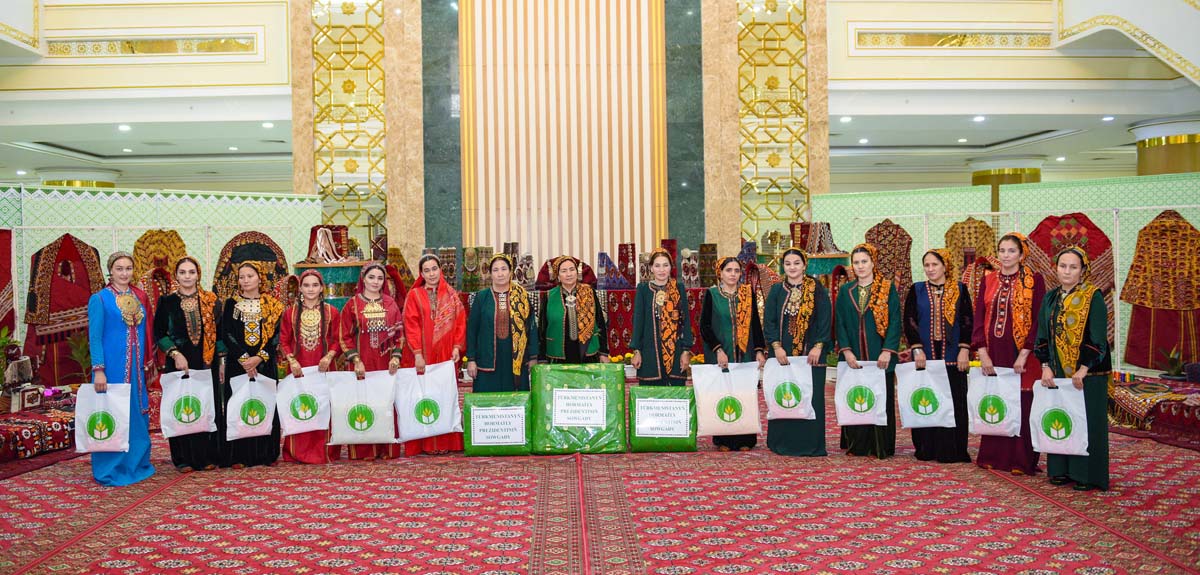
The celebration was accompanied by the performance of creative groups from the Institute of Culture, whose artists not only performed folk songs, but also presented a musical and theatrical production on the given theme. The competition stages took place in a cozy and creative environment, and the audience warmly supported the performance of the participants. And the site was festively decorated with inspiring examples of national robes completely covered with embroidery - a kind of unique samples. This is because, despite her strict adherence to the canon and practice of this craft, nevertheless, each embroiderer brings something of her own, some innovations, following the centuries-old classics, preserving the basis of tradition. Even from one craftswoman it is difficult to find two identical embroidered patterns, and here creative exchange, communication, competition and mutual learning serve not for copying, but for the further development of living art, an ancient form of creativity. The main thing here is the flight of fancy and active imagination, because the patterns are taken from the surrounding world of living nature and reflect individualism, spiritual wealth, and the warmth of the particular creator of a beautiful artifact.
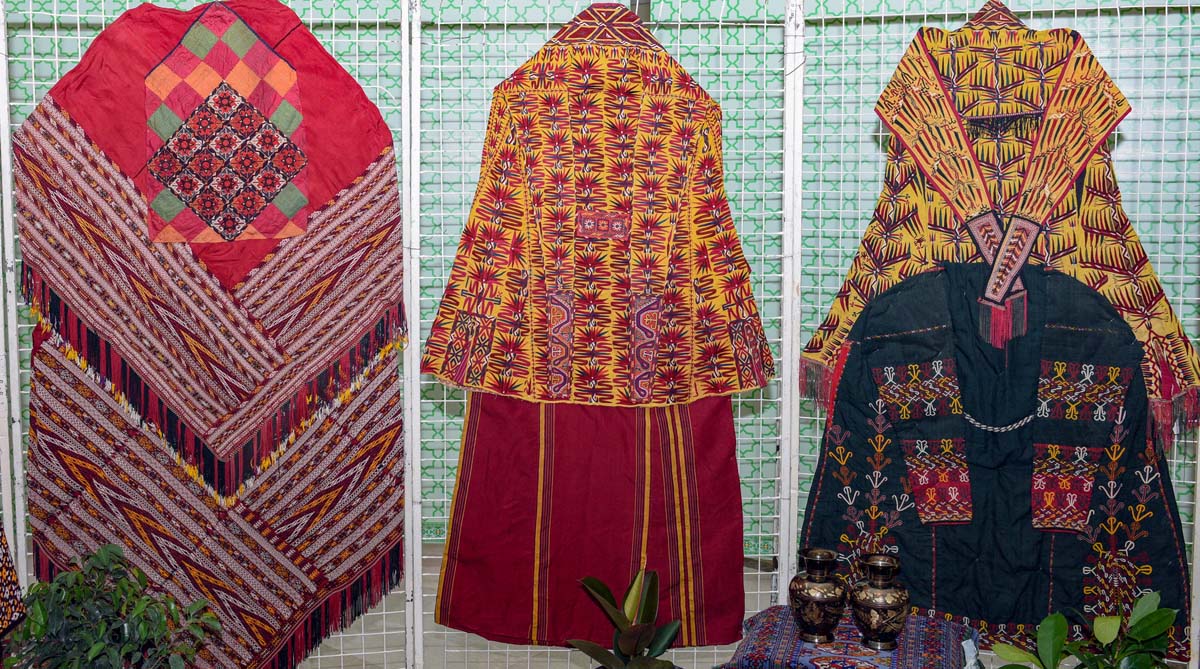
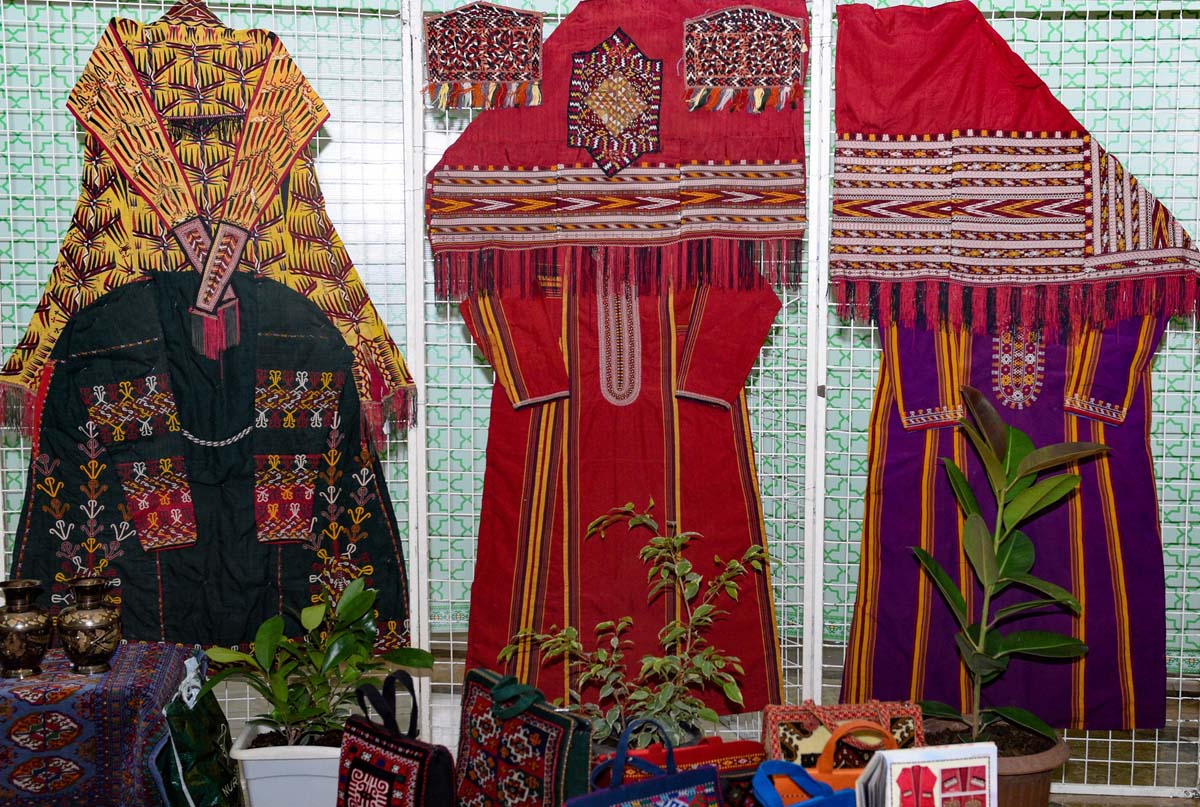
It is almost impossible to determine the best in the creative environment, and the organizers provided a grand prix, an opportunity to share prizes for several competitive «twos» at once, because almost all the participants were among the winners, who received valuable gifts from the organizers.
